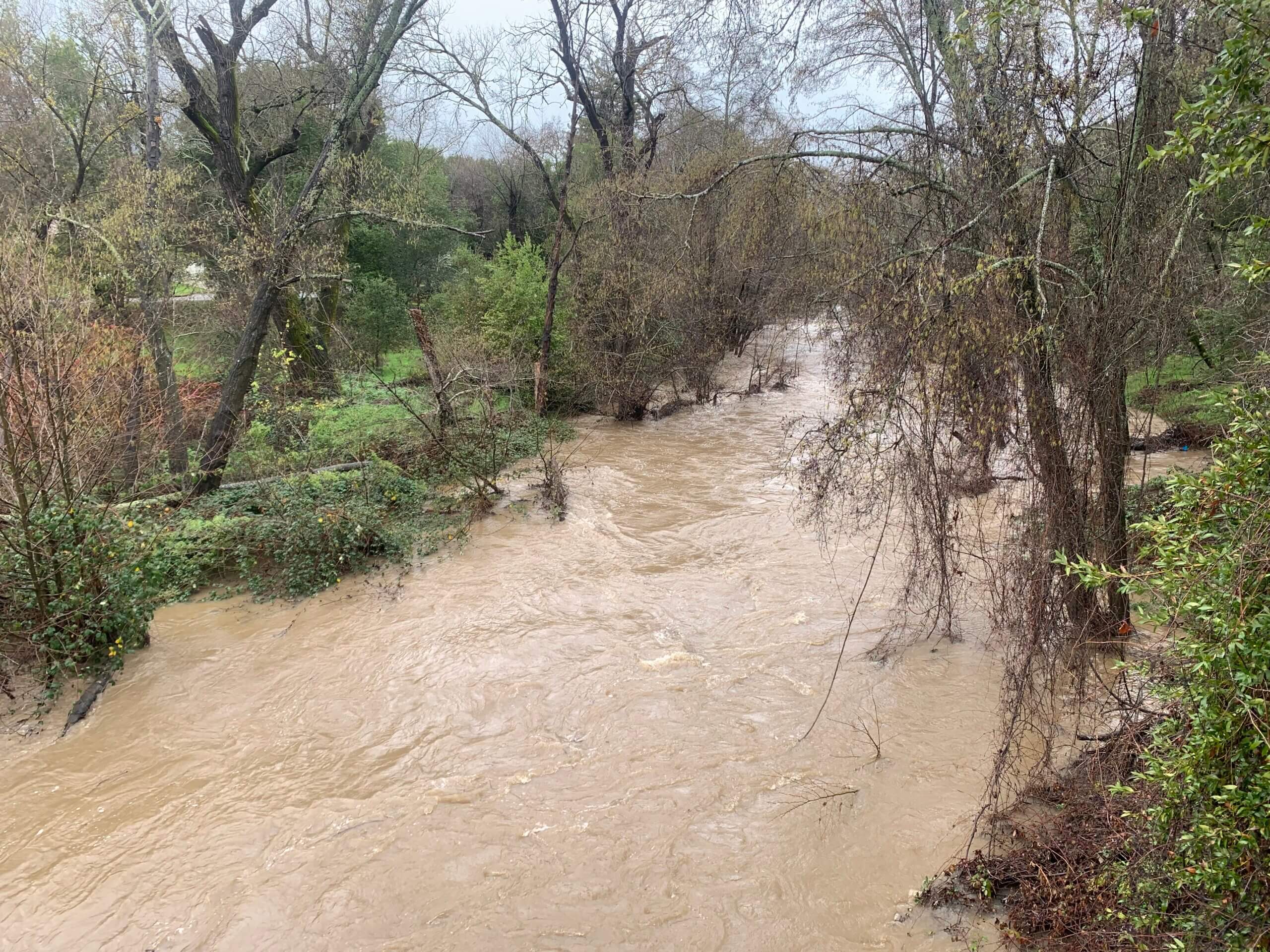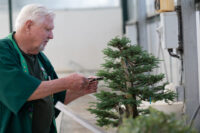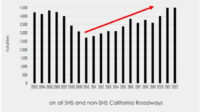The County of Sonoma is opening Recovery Support Centers in communities most impacted by economic loss from the winter storms, an innovative new model to disaster response and recovery that seeks to direct government and nonprofit assistance to people disproportionately impacted by economic losses during the January storms.
Under the pilot program, the county will partner with the local collaborative network Sonoma County Community Organizations Active in Disaster (COAD) to distribute financial aid and social services to community members who often experience marginalization in government services and who suffered storm-related losses. The model will utilize 211 Sonoma County, a program of United Way of the Wine Country, to review eligibility requirements with callers and connect them with appropriate services.
“We want to get assistance where it is needed as quickly and efficiently as possible,” said Supervisor Chris Coursey, chair of the Sonoma County Board of Supervisors. “The people with the fewest resources suffer the most during difficult times, a fact underscored yet again by the series of storms that have pummeled our county all month. The aid distributed through this pilot program will make a meaningful improvement in their immediate well-being and their long-term recovery.”
The Recovery Support Centers will target financial aid and services to people who have not been able to access unemployment and other insurance, paid sick leave or vacation, or other disaster assistance. The goal is to direct aid to people who suffered economic losses during the storms, including damage to homes and vehicles; lost wages because of inability to work; lack of childcare due to school closures; and the costs of purchasing fuel and water due to the storm or replacing spoiled food.
“We’ve never done something like this before,” said Supervisor Lynda Hopkins, whose west Sonoma County district has been heavily impacted by the storms. “There are so many folks who live paycheck to paycheck, and any unexpected expense can constitute a personal financial crisis. Getting aid to people quickly will not only help this part of our community recover, but our entire county.”
The pilot program will utilize an intake tool developed for the American Rescue Plan Act to screen eligibility for COVID-19 recovery services. Eligibility requirements will focus assistance toward people living in geographic areas that were most impacted by power outages and evacuation warnings during the storms. The criteria will also prioritize people in historically underserved communities, including people who are undocumented and people who work in personal and residential services, agriculture, retail, construction, hospitality and tourism.
To review eligibility requirements for financial assistance, residents are asked to call 211. Phone and text services are available 24 hours a day, 7 days a week and available in 150 languages. After initial screening, people who meet the eligibility requirements will be directed to the Recovery Support Centers, which will be located near areas in Guerneville, Healdsburg and the Sonoma Coast most affected by the storms.
The county is supporting the program with approximately $300,000 in emergency funding approved by County Administrator Sheryl Bratton. Financial aid will be distributed by COAD after an intake and eligibility process, and money will be distributed at a later date, but not directly at the Recovery Support Centers.
The county partnered with COAD to create the pilot program in place of a traditional Local Assistance Center model because storm damage has not yet triggered state and federal funding thresholds. This new approach incorporates lessons learned during the COVID-19 pandemic, employing the institutional knowledge and connections of community-based organizations to ensure aid is distributed equitably and reaches individuals who suffered the most during the storms.
“This partnership between COAD and the county ensures that the community is welcomed into a longer-term relationship with public benefit and social service providers,” said Jeanette Pantoja, director of Sonoma County COAD. “By meeting people’s immediate needs, we can work together to create greater resilience in community members who experience deeper impacts during disasters.”
The Recovery Support Centers will be staffed by members of COAD, including Catholic Charities, West County Community Services, River to Coast Children’s Services, Nuestra Comunidad and Corazón Healdsburg. Eligibility specialists from the county Human Services Department will also be on site, along with staff from the county Department of Health Services, who can provide mental health services and information on water quality testing, and an interdepartmental team that can provide wrap-around services from other county departments.
A series of winter storms that began Dec. 26 have dropped more than 18 inches of rain on Santa Rosa, resulting in flooding, power outages, road closures and property damage. Communities along the Russian River from Healdsburg to Jenner were under evacuation warning for seven days and some areas have been without power since Jan. 4. The storms have caused at least $16.4 million in damage to county property, based on preliminary estimates.






Be First to Comment